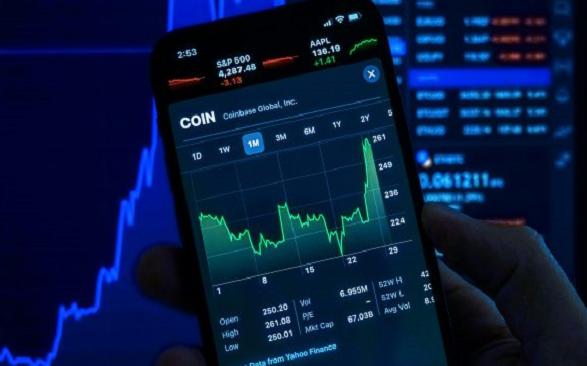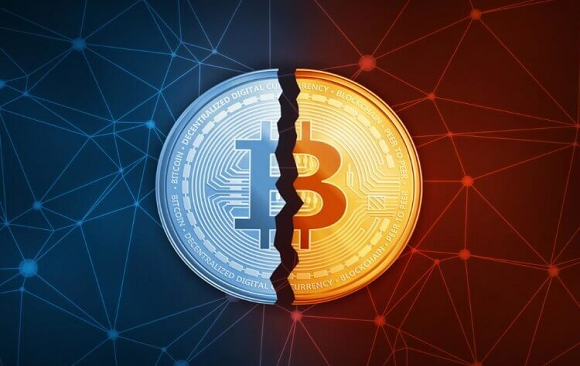As described here, exchange liquidity describes the degree of ease in which an asset can be readily converted into another asset in a trading platform without affecting its price.
Different exchanges have different levels of liquidity. While an exchange with more trading volume will have higher liquidity, an exchange with less trade volume will have lower liquidity. This is why in choosing an exchange to use for buying or selling your cryptocurrencies or crypto assets, you must ensure that you do not end up with an exchange that has poor liquidity.

Three (3) major ways to determine the liquidity of a crypto exchange
You can determine the liquidity of a crypto exchange in various ways. By simply evaluating a given exchange, below are 3 ways you can do so:
- Overall Trade Volume: Check the daily trading volume of the Exchange. The higher the daily trading volume, the higher the liquidity of the exchange. Binance, for example, currently has the highest 24hour trade volume of $60,550,989,493.82 in the crypto market at the time of writing this piece. Coinbase, which currently ranks no. 2 on Coinmarketcap, has a 24hour trading volume of $3,125,911,774.13. And FTX, which currently ranks no.3 on Coinmarketcap, has a 24hour trading volume of $1,684,828,029. You can also determine the liquidity of each crypto asset by simply using the 24hour trade volume at Crypto Market Live section of CAB website.
- Long and Short Positions: Checking an exchange to determine whether traders or investors are longing or shorting an asset you have an eye on is one of the ways of knowing the liquidity of an exchange. The position people take in order to profit from an asset could be long or short. Simply look at the total number of open long and short (buying and selling) positions on the exchange. This way you can see which assets are being traded. If the trade volume is high, it means there is . this points to a liquid exchange. Also, take note of iceberg orders (that take the form of large orders broken into smaller orders) and stop-limit orders (that combine stop orders and limit orders in order to buy an asset either at a specified and visible price or at a specified but invisible and triggered price).
- Bid/Ask Spread: A spread is the difference between the bid price (buying price) and the ask price (selling price) when trading an asset. This is the bid/ask spread. The bid/ask spread varies and it determines whether an asset can be traded. Basically, it is the decider. How it works is that if a bid/ask spread is small, it means that the market is liquid since both sellers and buyers are trading at a price they both consider fair. But if a bid/ask spread is large, it means that the market is illiquid, resulting from a situation whereby either the sellers or buyers consider the price unfair.
Rounding off
The health of your crypto-asset investment may be at risk if you are trading or investing in cryptocurrencies or crypto assets on a crypto exchange that has poor liquidity. When deciding on the right crypto exchange for you, always check to be sure that you are using an exchange that has high liquidity.
Discover more from Crypto Asset Buyer
Subscribe to get the latest posts sent to your email.





1 Comment
Comments are closed.